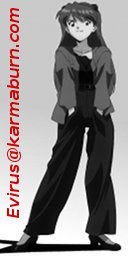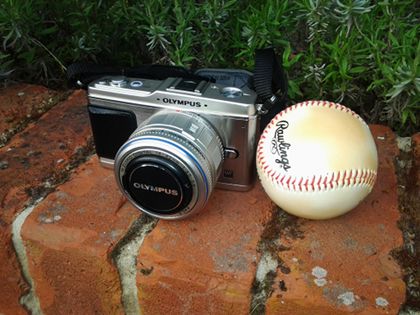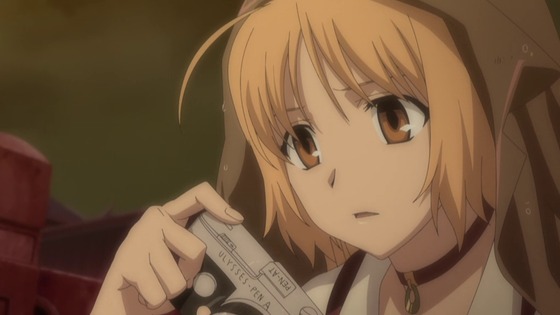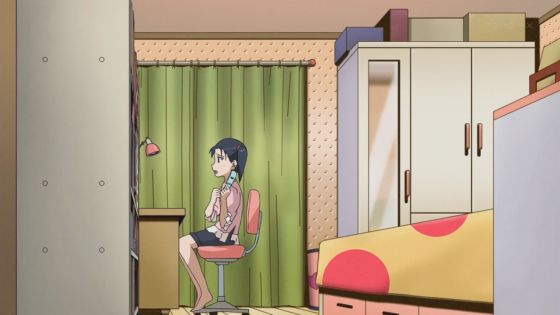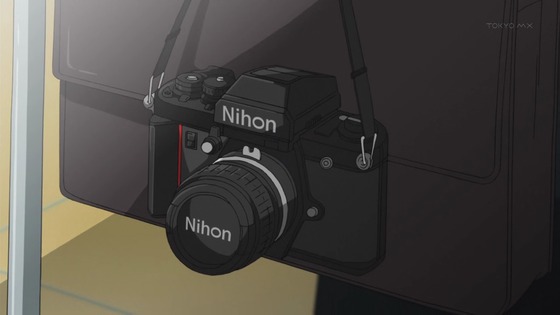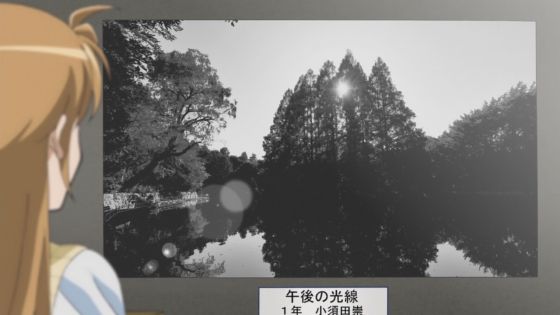Dated 10 August 2012: It doesn't take Meitantei Conan to figure out who killed Yui's Gitah

Not depicted: Bewildered patrons wondering why
people keep taking pictures of these tables.
What is Anime Tourism? Is it when anime fans make pilgrimages to real-life locales depicted in anime (see, for example, the Lucky Star Hajj), or is it when anime characters venture beyond their usual stomping grounds as tourists themselves? Maybe it's both. This installment features London, England, as depicted in the K-On! movie and in a series of Detective Conan episodes from 2011.
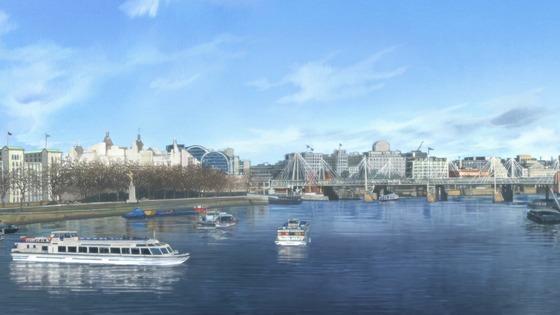

Welcome to London. It may appear slightly different than it does in anime.
Both K-On! and Detective Conan appear to be beneficiaries of an impressive amount of meticulous research. They accurately depict their locales while making only minor changes to avoid impeding their viewers' ability to identify certain settings. Some locations are simple yet still iconic and thus were shown virtually unchanged, such as this shot of the K-On! girls in the London Underground:
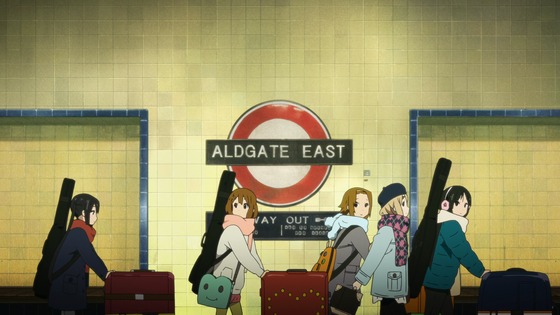
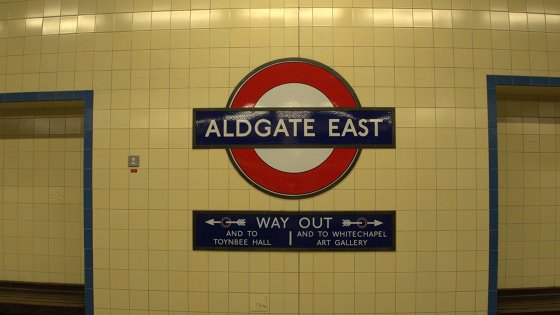
Upper: Azusa, Yui, Ritsu, Mugi, and Mio at the Aldgate East station.
Lower: Actual photo from the London Underground.
Of course, simple locations are not going to impress most viewers, nor encourage much anime tourism. Contrast this with the brief shot of the Tea Time band entering The Troubadour. A few seconds of film inspired enough visitors that the management now displays a K-On! poster in the window with a Japanese-language menu alongside its awards and positive reviews.
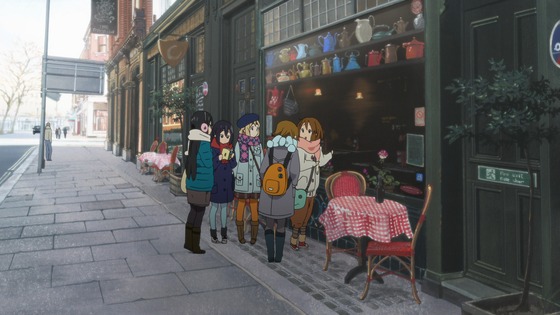
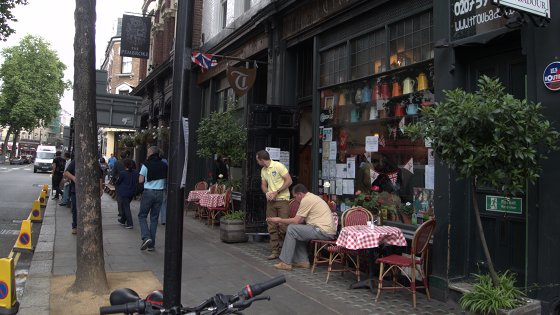
Upper: Mio, Azusa, Mugi, Ritsu, and Yui in front of The Troubadour.
Lower: Photo of the actual coffee house on Old Brompton Road.
As you can see, inconvenient trees and light poles occasionally get removed, and the scale sometimes gets changed to better fit a scene. For example, the rooms at 221B Baker Street are much more cramped than they appear in Detective Conan.
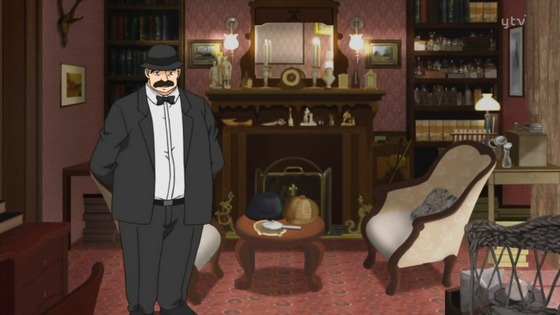
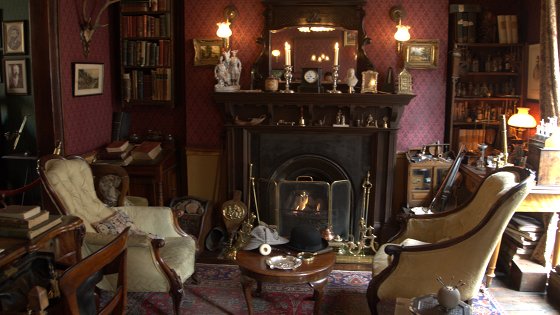
The interior of the Sherlock Holmes museum on 221B Baker Street.
Curiously, the K-On! girls also visit 221B Baker Street and pose for a picture, but appear to blow straight through the famous Abbey Road crossing without noticing. Had it been summertime, perhaps they would have been alerted by the crowds of tourists endangering their lives and making a general nuisance of themselves by playing in traffic.
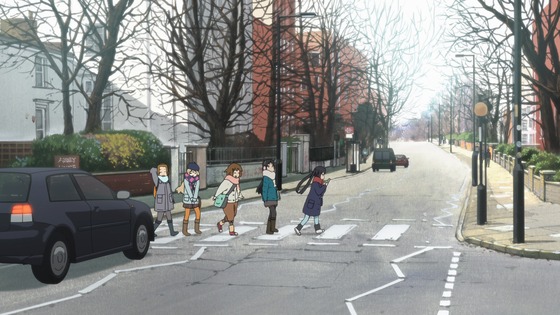
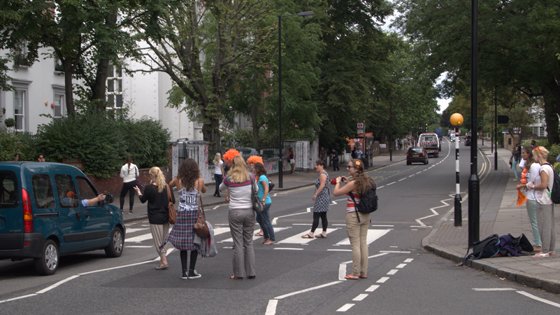
Ritsu, Mugi, Yui, Mio, and Azusa cross Abbey Road on a quiet day.
I suppose the absence of crowds is a reasonable liberty in an anime movie. Anime "filming on location" generally seems to assume a best case scenario. Although blue skies are at least plausible in Ran's case since she visited London in July, the K-On! movie's depiction of the weather over Westminster Bridge during the colder months is somewhat optimistic.
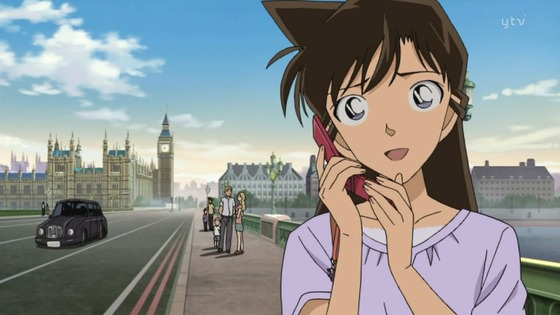
Detective Conan episode 617.
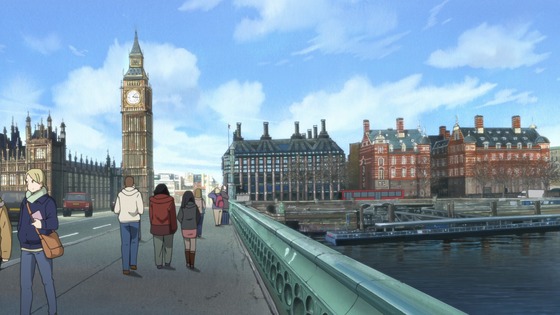
K-On! movie.

There aren't crowds in Ran's shot because it's 9PM.
So how is the K-On! movie itself? I don't actually like K-On!, having dropped the series early in its run, but K-On! is a juggernaut almost inescapable for anime fans. So despite only watching four of its 40 episodes, I still know quite a bit about the show and the characters (although my Twitter joke pretending to mistake Ui for Yui's mother flopped), making the movie quite accessible. I have to admit it's a good movie, and the K-On! characters are more agreeable now that they're better established. In many respects, the K-On! movie is a journey. The characters travel from Japan to London and then proceed to explore the city, but it's also a journey in the sense that the movie is very much about the graduating members of the light music club searching for the appropriate way to hand it over to Azusa. Neither are journeys the way Monster is a journey, but they effectively take advantage of the opportunities a feature-length project has to offer. There is a palpable sense of bewilderment and wonder as Mio, Mugi, Ritsu, Yui, and Azusa wander around London, and the movie presents numerous opportunities for the viewer to see and experience it from their points of view.
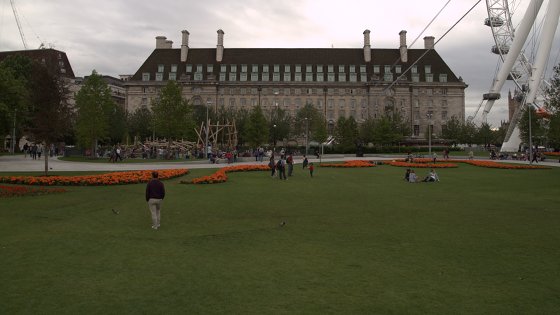

Jubilee Gardens glows with the benefit of Yui-vision.
The unusually long London arc of Detective Conan episodes in 2011 is also a journey in both these literal and metaphorical senses. With regard to the metaphorical portion, the London arc advanced a fairly significant step in the relationship between Ran and Shinichi. From the literal perspective, Conan, Kogoro, Ran, and Professor Agasa race around the city collecting clues in order to stop a mad bomber, although the transitions are not as finely executed in these moments as they are in the K-On! movie. In the Detective Conan episodes, the characters seemingly pop up at various spots the story deems appropriate. Many of these cuts lack any real consideration as to how the characters got there, and some scenes ignore minor concerns that don't actually affect the plot. For example, Ran's fortuitous encounter with Minerva Glass at the base of the Sherlock Holmes statue outside the Baker Street Underground station (around the corner and a short distance away from the entrance to the Sherlock Holmes museum) advances the story, but doesn't necessarily comport with the traveling she does that day. The K-On! movie is much better at depicting travel around the city, and ensuring the corresponding scenes are generally geographically consistent; fans could potentially recreate much of the movie by tracing Hokago Tea Time's steps.

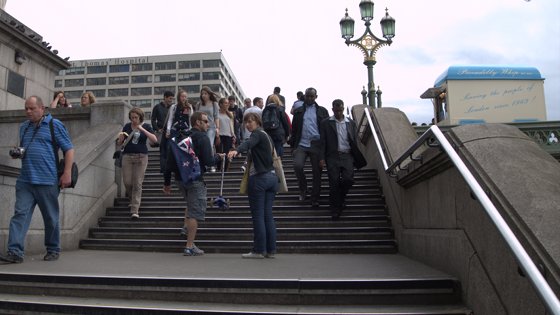
This scene needed more pickpockets.
So am I actively advocating Anime Tourism? You mean like going to various locations around the world such as Italy or France or, well, countless places in Japan strictly for the purpose of seeing the 3D versions of 2D sites? Well, no, but if you're going to be in the area anyway, load up some screenshots on a portable device for comparison's sake. It's an interesting exercise in augmented unreality.


